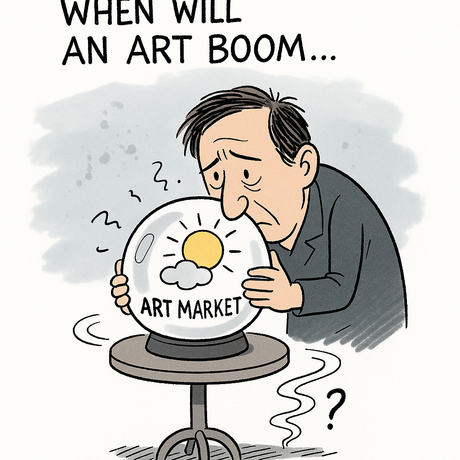Maryland artists are taking a stand against what they describe as an increasing culture of censorship, finding creative ways to resist attempts to suppress their artistic expression. The movement has gained momentum as artists across the state face various forms of censorship, from exhibition removals to content restrictions.
Artist Margaret Murphy stands as a prominent example of this resistance movement. In her studio, Murphy works surrounded by five pieces of her artwork, including one partially titled "Banned Words," which directly addresses the censorship issues facing artists today. Her work represents a growing trend among Maryland artists who are using their art to push back against restrictions on creative expression.
The resistance efforts have taken various forms throughout the state. Artist Amy Sherald made headlines by moving her controversial exhibit to Baltimore, demonstrating how artists are finding alternative venues when faced with censorship. This strategic relocation allowed her work to reach audiences despite initial restrictions, highlighting the resourcefulness of artists in overcoming barriers to their expression.
The broader context of this artistic resistance includes the ongoing debates surrounding Confederate statues and their removal. Maryland artists have found ways to engage with and resist censorship related to these controversial historical monuments, using their platforms to contribute to important conversations about public art and historical representation.
These efforts reflect a larger national conversation about artistic freedom and the role of art in addressing controversial topics. Maryland artists are positioning themselves at the forefront of this dialogue, refusing to be silenced and instead using censorship as inspiration for new creative works that challenge restrictions on artistic expression.






























